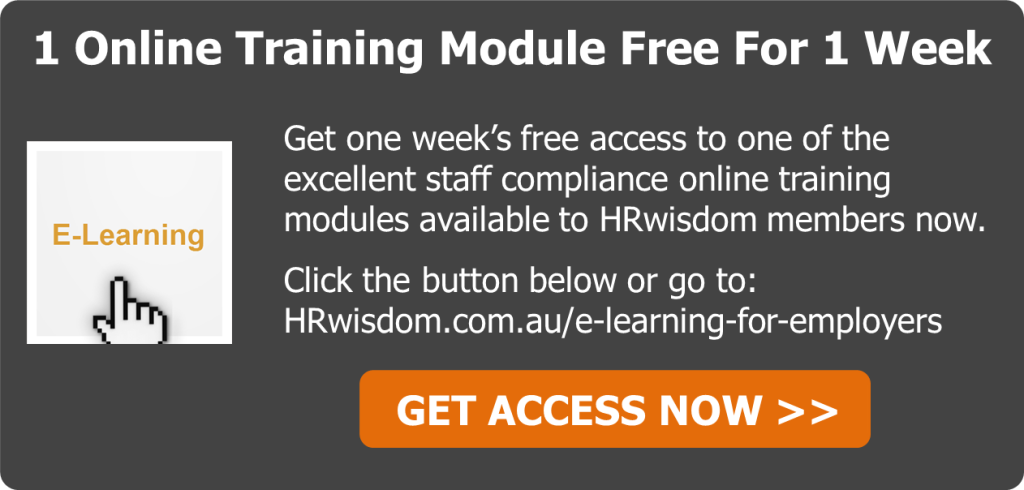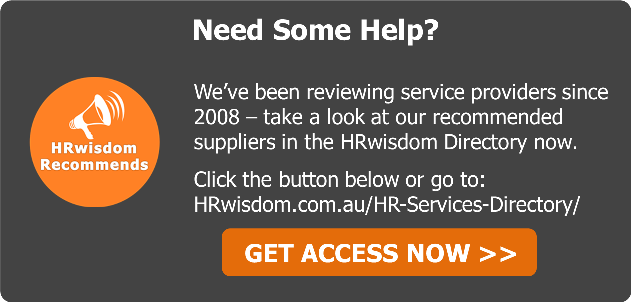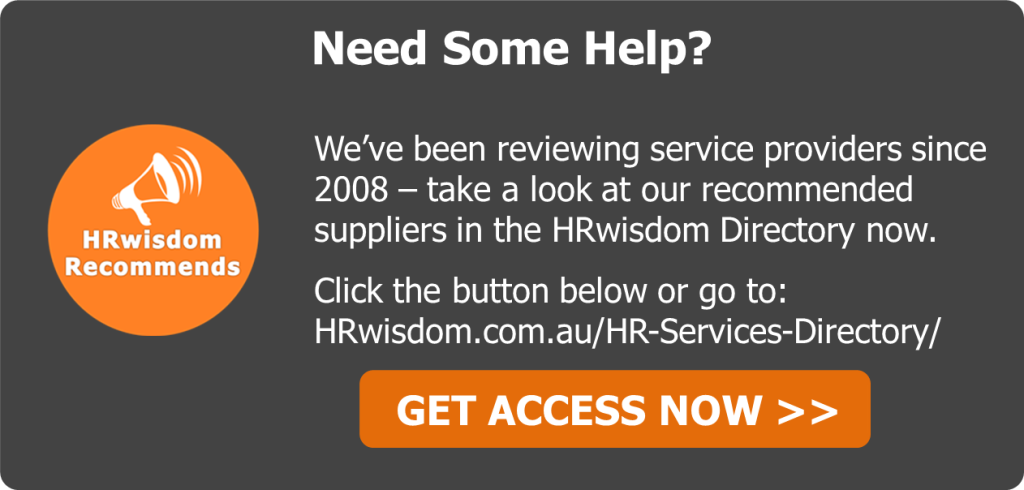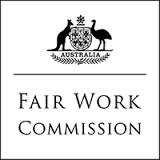There is often a lot of discussion within businesses about the best methods of measuring staff performance.
The ability to develop and maintain a high-performing workforce is key to success, or even survival during economic hard times.
 Today, we turn to expert HRwisdom contributor Leon Noone for some excellent advice on staff motivation.
Today, we turn to expert HRwisdom contributor Leon Noone for some excellent advice on staff motivation.
Leon established his management consulting business in 1978. His core business is helping managers in small-medium business to improve the day to day job performance of their staff.
Leon offers you his usual straight-talking advice on how to take the hassle out of measuring staff performance.
Over to Leon . . .
Practical Performance Appraisal: Measuring Staff Performance Successfully Without Filling Out Forms
The term “performance appraisal” usually means filling out forms, reviewing employees’ work, a formal interview and planning development or remedial activities. And it’s often a hassle. It shouldn’t mean any of that.
Performance not Politeness
Formal performance appraisal systems often ask managers to comment or rate all sorts of things.
Some of these are not only difficult to judge, but have little or nothing to do with performance: demeanour, presentation, co-operation, initiative, attitude, to mention a few.
Make sure your performance appraisal is about performance – the results that the employee achieves on the job.
Performance and Behaviour
I’ve read lots of definitions of these words. The best I’ve found is this: “Performance is what you leave behind. Behaviour is what you take with you.” (Tweet this quote now)
Managers often allow employee behaviour to interfere with evaluation of their performance. When this happens, “good” behaviour often masks poor performance and “poor” behaviour overrides good performance.
A large international company once sought my advice about the behaviour of their leading salesperson.
This person had averaged more than 30% over sales budget for 3 years. But his paperwork was poor.
The company was seriously considering “letting him go” due to the poor paperwork.
I suggested that they employ someone to keep his paperwork up to date and give him more time in the field where his performance showed that he clearly excelled.
Clear Performance Standards
To measure performance you must have clear measurable performance standards.
If you don’t tell your employees exactly what performance you expect, how can you measure whether they provides it? That’s the purpose of performance standards.
You Get What You Expect
Expect the best.
Explain to employees exactly what you mean by “best” and how you’ll measure it.
Create systems to enable them to attain “best”. Do that and you’ll probably get “best” or close to it.
Fail to do it and you’ll be lucky to get third best. That’s what employees will believe you expect.
The best thing a manager can do for employees is to put systems in place that make it impossible for them to fail.
Appraisal Daily
You should be measuring employee performance at least weekly and preferably daily.
This is simple, precise and fast when you have clear, measurable performance standards.
If your standards are clear enough and your systems are sound enough, your employees will know how well they’re doing long before you do. They will measure their own performance through the system. And you’ll know too.
Stay Informed and Prepared
Good systems and clear performance standards are the cornerstones of superior staff performance.
With these in place, you’ll have ready access to the information you need to decide “how well they’re doing”.
And so will employees.
If you want to have a formal interview with an employee, you’ll have plenty of time and be well prepared.
Abandon The Appraisal Form
Filling out an elaborate form once every six or twelve months is nothing more than a bureaucratic construct created by HR specialists more interested in bureaucracy niceties than measuring performance. (Tweet this quote now)
It also requires managers to review work over an almost impossibly long time.
There’s no need for it. Stop doing it.
Use Performance Standards and Systems Instead
Today’s technology means both manager and employee can tell how well the employee is performing monthly, weekly, even daily.
Make employees responsible for measuring their own performance.
You shouldn’t have to wait six or twelve months to find out.
Conclusion
There’s no need to complete a form in order to undertake a successful performance appraisal.
In fact, filling in elaborate appraisal forms is likely to hinder rather than help successful appraisal.
Make employee performance a daily concern.
And expect the best.
How To Measure Staff Performance
Thanks to Leon for his excellent advice on how to get the best out of your employees. Such advice is well-timed as businesses face trying times as the economy continues to suffer.
We encourage you take action on Leon’s advice.
Remember, you can learn more about Leon and his excellent HR services by visiting his website here: Leon Noone.
Finally, as always, we welcome you to share this HRwisdom Blog post with your friends and colleagues.
HRwisdom












